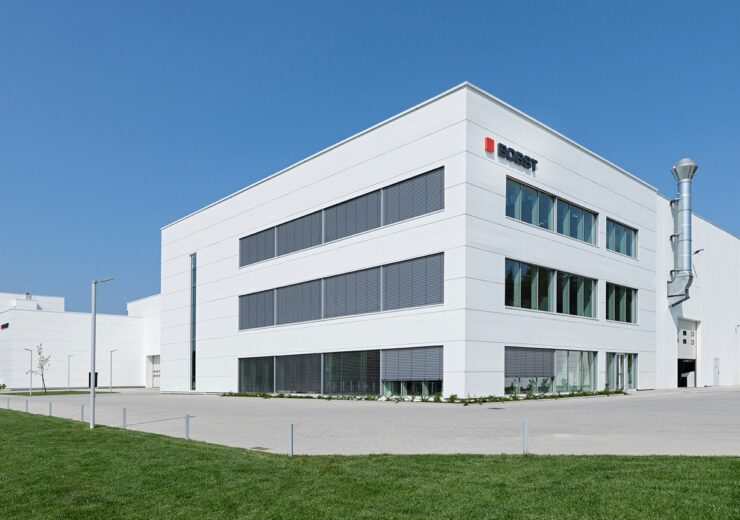The firm has partnered with barrier film consultant Evertis and industrial adhesives specialist BASF to assist recycling company Sulayr

The Competence Center facility for flexible packaging technologies adjoining the production plant of Bobst Italia, in San Giorgio Monferrato, Italy. (Credit: BOBST)
Swiss packaging services and machinery provider BOBST has announced a strategic partnership for closed-loop recycling of PET-based multilayer laminates used for thermoformed food trays.
The firm has partnered with barrier film consultant Evertis and industrial adhesives specialist BASF to assist recycling company Sulayr.
Under the partnership, the companies will combine their expertise from across the packaging value chain for the recycling of PET-based laminates.
Also, the alliance aims to support Sulayr to comply with the European Green Deal, which mandates to make all packaging reusable or recyclable by 2030.
The deal is said to be a challenge for multilayer packaging laminates as their layers must be separated before entering the recycling stream.
Sulayr has also commercialised a multilayer recycling process that is closed-loop and allows PET to be reused with virtually little waste.
The multilayer process is based on the multilayer film produced by Evertis, which is laminated on a BOBST coating system with BASF Epotal water-based adhesive and includes PET and polyethylene (PE) layers.
BOBST said multilayer films are used in packaging applications like thermo-formed food trays. Once used, the waste is delivered to sorting facilities and Sulayr can use the waste in the closed-loop cycle as raw material.
Sulayr segregates the layers and prepares the PET for re-use, which is then supplied to Evertis and other film producers, which can resume the cycle.
BOBST, in a statement, said: “Seen as an important step towards universal recycling of PET, enabling its continued use in a Green Deal-compliant packaging economy, the process can apply to both post-consumer and post-industrial waste, meaning it has enormous potential to transform the entire PET-based packaging use model.”
